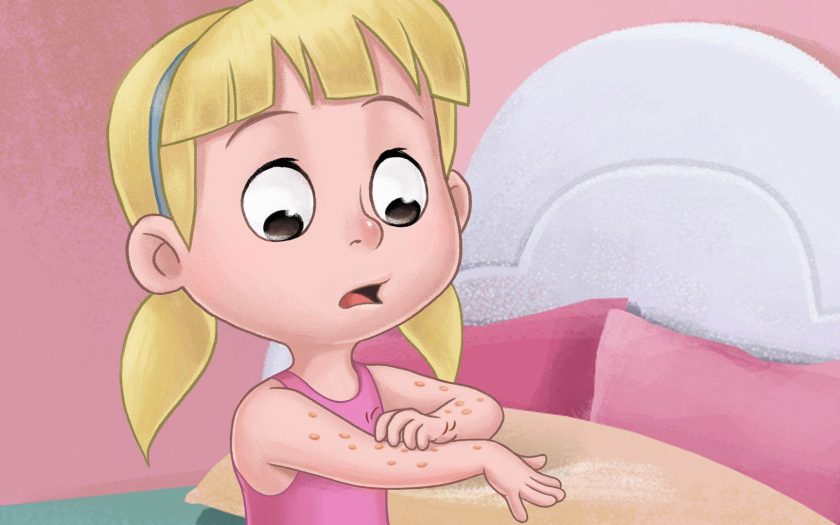There is a widespread myth that chickenpox is a mild illness that passes without consequences. In individuals who have transferred primary infection, the virus remains dormant in the cells of the spinal ganglia and cranial nerve ganglia, and under favorable conditions, it reactivates and manifests as herpes zoster. Therefore, it is better to prevent a chickenpox by vaccinating child.
Let’s consider the main complications of chickenpox in detail.
Pneumonia.
It develops when the virus enters the lower respiratory tract. In this case, the disease is practically resistant to antibiotic treatment. This condition is characterized by rapid progression of the inflammatory process, leading to severe respiratory failure. In many cases, the fight for the patient’s life takes place in infectious resuscitations with the use of mechanical ventilation, but unfortunately, not always successfully. Therefore, during the first symptoms, it is advisable to visit a doctor attention for proper treatment.
Encephalitis.
The chickenpox virus has the peculiarity of replicating in nervous tissue. So, sometimes this process directly affects the brain tissue, leading to the development of encephalitis. It can have many manifestations, the most common is a headache, dizziness, nausea, vomiting, impaired coordination of movements, and in severe cases, generalized seizures.
Pyogenic-septic skin lesions.
Pyogenic skin lesions and subcutaneous tissue during chickenpox occur when bacterial infection enters the rash area and penetrates the skin. In a healthy state, the skin’s immune barrier does not allow bacteria to penetrate, but decreased local immunity plays its role in this case. Bacteria, that enter the tissue through the skin, begin to multiply and affect healthy tissues, so, phlegmons, abscesses, pyodermas, etc form.
The main danger in such conditions is the entry of toxins and bacteria from the local focus into the bloodstream. The result of this is intoxication. Conservative (Bactroban, Acivir Cream) and surgical treatment is used for such cases. Surgeons may perform incision and drainage of the purulent focus, which will stop the development of the process and prevent bacteria from entering the bloodstream.
To prevent skin lesions, it is necessary to start bathing three to four days after the onset of symptoms. This hygienic procedure will help prevent additional skin infection and alleviate itching.
At the same time, the water should be warm but not hot, a washcloth and cleansing agents should not be used, and the procedure should take one to three minutes. After the bath, it is the best to wrap the body in a clean towel, allow it to dry, and immediately after drying, treat the rash with an antiseptic preparation recommended by a doctor. Optionally, decoction of chamomile or oak bark can be added to the water.

